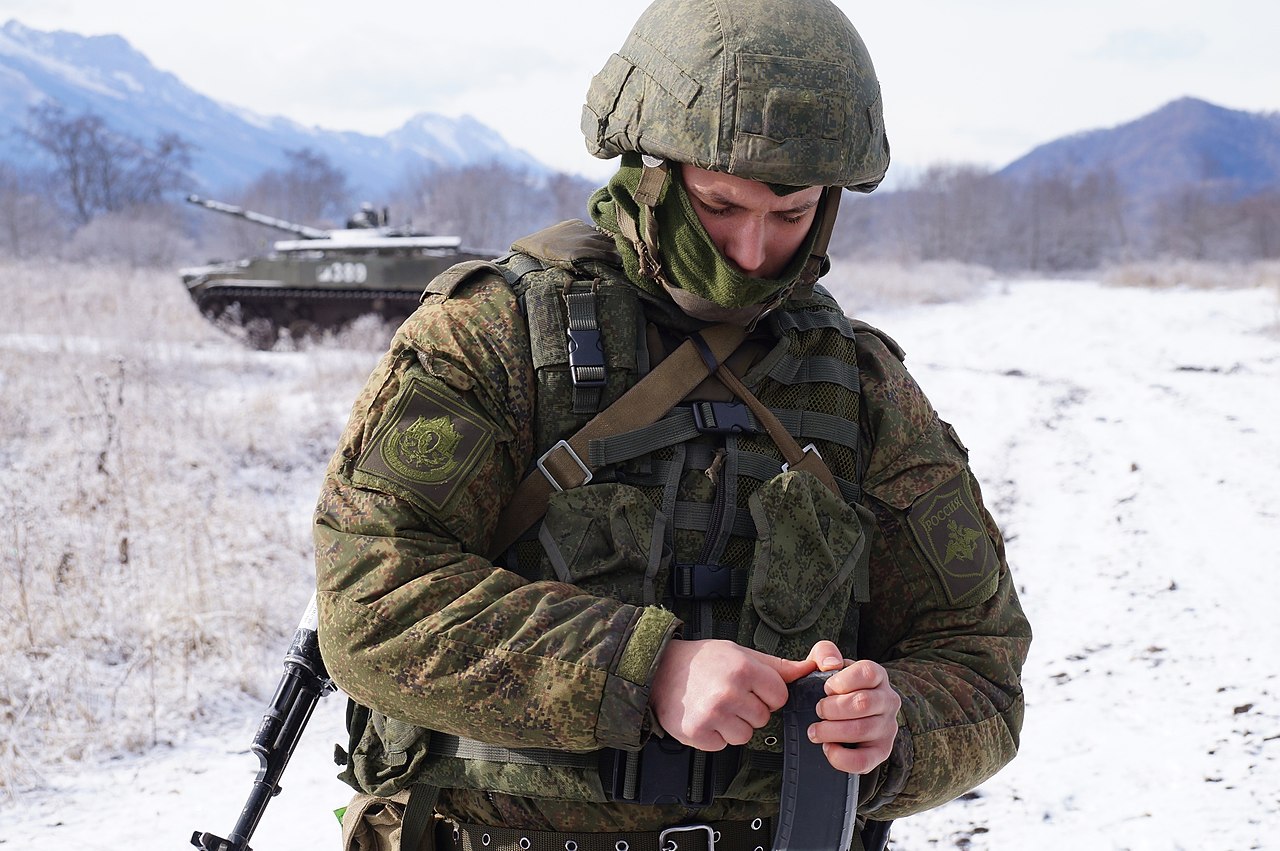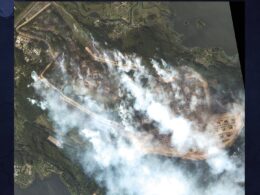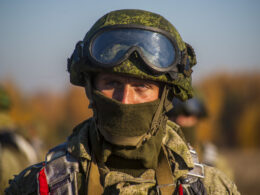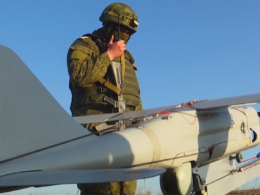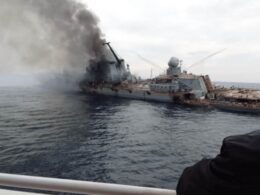Before the full-scale invasion of Ukraine in 2022, Russia had attempted to build a modern, professional force capable of carrying out complex operations.
However, as reported by the military analysts of the Ministry of Defense of the United Kingdom, after 1,000 days of the war Russia's land forces are radically different to the force that originally invaded Ukraine.
Russia's personnel losses of over 700,000 killed and wounded have drastically undermined Russia's force quality. Most personnel currently serving in the Russian military have received minimal training, and Russian commanders use basic tactics to make advances, despite the associated high casualty rates.
Russia has lost at least 3,500 main battle tanks and 7,500 armored vehicles. Large stockpiles of tanks and armored vehicles, a legacy of the Soviet Union, have been the only means for Russia to be able to replenish these major losses.
However, the military analysts note that despite the costs imposed on its land forces, Russian territorial advances in Ukraine have accelerated through 2024. This has been underpinned by the Russian leadership's tolerance for casualties, and Russia's land forces' quantitative overmatch relative to the Ukrainian Armed Forces.
In addition, the analysts note that the frontline is now less stable than at any point since the opening stages of the full-scale invasion of 2022.
Related:
- UK intel: Russia’s fleet forced to change area of operation, but retains ability to support land operations
- UK intel: Russia attempts to manage defense corruption while keeping up military operations in Ukraine
- UK intel: Russian forces enter Selydove, providing additional options for advancing to Pokrovsk
- UK intel: Russia’s stealth drone program suffers major setback due to costly friendly fire
- UK intel: Russian forces increasing pressure on Vuhledar by implementing multi-pronged assault tactics

